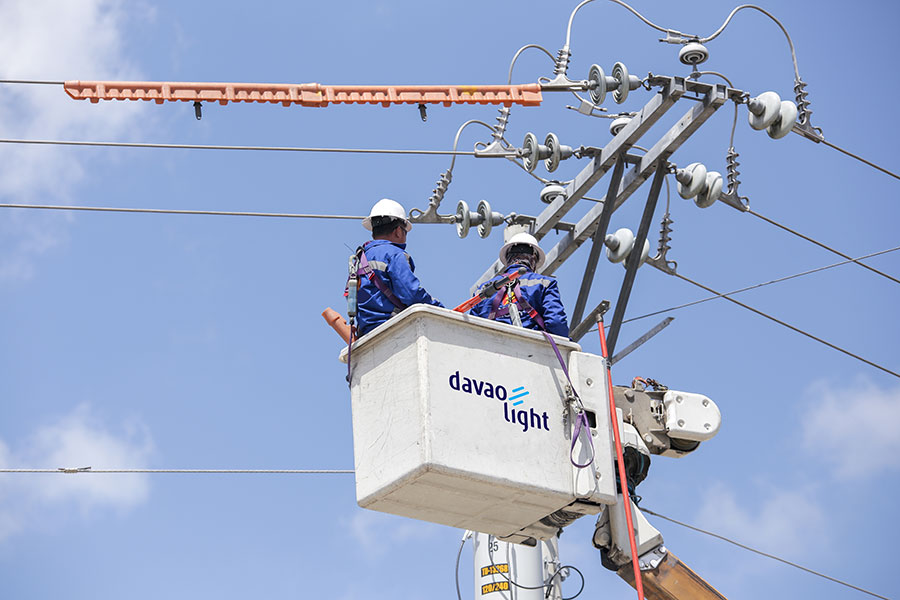On April 9 of this year, Christendom will once again celebrate her oldest and most important festival: Easter. Also known as Pascha or Resurrection Sunday, Easter commemorates the resurrection of Jesus three days after his crucifixion, his triumph over death. “He is not here, He is Risen! Remember how he told you, while He was still with you in Galilee: ‘The Son of Man must be delivered to the hands of the sinners, be crucified, and on the third day be raised again’.” (Luke 24: 6-7). From the “Salubong” or Welcoming to Easter masses to Easter egg hunts to lavish family meals, Easter is a celebration for Christians, but perhaps most so for Filipinos.
Inspired by the magnificence of Easter, I hope to bring light to the date July 27, 2023. July 27 is this year’s Earth Overshoot Day. It marks the time for when mankind’s demand for ecological resources in a year exceeds what the Earth can regenerate in that year. In other words, humanity uses up in over half a year what the Earth can regenerate in a full year. (Strong parallels to how one’s monthly paycheck is all used up the 2nd or 3rd week of the month, but that’s for another write-up). Earth Overshoot Day was in the late November/December timeframe just some 50 years ago, so the velocity of humanity’s use of the Earth’s ecological resources has increased significantly. Unlike Easter which has a set date predetermined by the Western Church, Earth Overshoot Day, if done on a country by country basis, would fall on vastly different days. It could be as late as December for Jamaicans, Ecuadorians, or Egyptians; July to August for Brazilians, Panamanians or Bolivians; or as early as February to March for Americans, Qataris, or Australians. Among our neighbors, China would be in June, Indonesia in December, Thailand in September, and Malaysia in May. The Philippines does not have an official Earth Overshoot Day date, but if I were to estimate then our date would be in the latter half of the year, perhaps somewhere between Thailand and Indonesia’s dates.
Still, just as the central message of Easter isn’t about the crucifixion or death, the point of Earth Overshoot Day isn’t that we’ve used up more than the Earth can regenerate. If that was the key message then it becomes a nihilist argument, one of pessimism and doom, unable to inspire. Instead, like Easter’s message of victory versus death, the true focus of Earth Overshoot Day should be on humanity’s efforts to regenerate the Earth’s ecological resources. Earth Overshoot Day is thus more akin to the last days of Lent – a time of repentance and reflection which gives way to a message of hope. The “Day after Earth Overshoot Day” ought to be humanity’s call to action for a better world for this and future generations.
While Filipino Christians have some awareness of the activities of Easter – it is is difficult to ignore the festive atmosphere in the air, with church bells ringing, kids running around looking for easter eggs, and masses delivering a message of salvation and love, etc. – there is probably less awareness of what can and ought to be done so that we push back against Earth Overshoot Day, to replenish and restore what the planet has lost. As someone from the power and infrastructure industry, let me share with you three activities that are being undertaken by the industry.
One is that we are aggressively pursuing decarbonization. The move towards renewable energy (RE) is well documented, and organizations are devoting significant resources, brainpower, and grit to bring about more RE to our power grid. In the Philippines, there are 37,948.70 megawatts (MW) of indicative RE projects slated for 2023 to 2037 and 3,180.63 MW of committed RE projects with commercial operations targeted for 2023 to 2026, according to data from the Energy department. We are achieving significant pathways to carbon neutrality and hopefully, perhaps in the future, we are able to even find ways to address carbon emissions already in the atmosphere. On the infrastructure side, climate-resilient infrastructure is being designed and built so that these critical assets are better able to withstand and recover from natural hazards. Imagine airports that don’t have to shut down after a major typhoon, highways that aren’t inundated by flood water, or utility poles that can survive howling winds.
Second, we are devoting resources towards becoming more and more of a circular economy or ecosystem. It would not be ideal to move towards electric vehicles (EVs) that use rare minerals, for example, as this would simply be taking from one pocket (rare earth minerals which take billions of years to form) and transferring it to another. From recycling to using sustainable design and construction methods to finding ways to prolong the useful life of existing power and infrastructure assets, we are able to reduce the need for new resources.
Third, we recognize that social, economic, and environmental issues are intertwined, that one cannot untangle itself from the others. This is why we approach things with a holistic, balanced, whole-of-society approach. Optimizing all the factors is difficult but, guided by the desire to increase the planet’s sustainability, we hope to arrive at better informed decisions. Every new power facility, as an example, incorporates feedback from various stakeholders through a transparent and just process so that the voice of the people are made part and parcel of the decision-making.
For Easter 2023 and all future Easters, may the Resurrection of the Savior also remind us of the urgent need to take care of and be part of regenerating planet Earth. As Genesis 2:15 says “The Lord God took the man and put him in the Garden of Eden to work it and take care of it.” We realize that all created things belong to God and that we are accountable to him as stewards of His creation.
About the author: Joseph Lacson is an accomplished business leader with extensive global expertise in investments, strategy, and business development. A Baker Scholar graduate of Harvard Business School, he has worked for companies like Procter and Gamble, Inc., Chope, and Microsoft, where he directly reported to business magnate and tech titan, Steve Ballmer. Joseph recently joined AboitizPower as its Chief Investment Officer, leading the investment efforts of the company across all facets — thermal and LNG, renewable energy, distribution, and emerging technologies.



